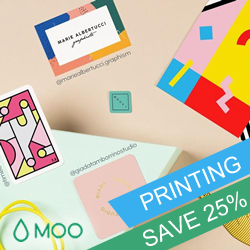One of my students was having difficulty understanding 16th note rhythm patterns today, so I pulled out my penny jar. I remember hearing about this idea a number of years ago and was just reminded of it the other day. Every penny represents a 16th note. Therefore, every set of four pennies represents one beat in any time signature with the quarter note getting the beat.
I started out by placing four stacks of four pennies each on the piano fallboard. These represented a quarter note and my student had to count “1-e-&-a-2-e-&-a, etc.” touching her finger to the top of each stack as she said the syllables for that beat. Then, I separated the pennies out so that there was a line of sixteen pennies. She counted in the same manner, touching each penny as she said the appropriate syllable. We learned different 16th note/8th note patterns that are frequently used in music and practiced laying out the pennies and counting them accurately. I rearranged the pennies in different orders and had her practice counting out various combinations of rhythms.
Once she had the hang of it and really understood the concept, I grabbed this rhythm worksheet that I got from Wendy’s Piano Studio website from my newly organized rhythm binder and assigned her to write in all the counts and practice clapping or playing the rhythm patterns this week.
This may be kind of hard to understand so I took a couple of pictures to illustrate what we did:
Here are some of the individual patterns that each represented one beat:




Here is a four beat pattern with the pennies laid out to represent what is on the cards:

Click here to download the file with the rhythm cards. I made these in a couple of minutes this evening using the Bach Musicological Font I posted about in this previous post. (The 8.5 x 11″ paper can be cut into equal card sizes by cutting it at 5.5,” then 2.75″ on the longer side and at 4.25″ on the shorter side.)
This is a great way to explain the mathematical aspect of rhythm in a tactile way that is especially helpful for kinesthetic learners. I say “mathematical” because this doesn’t address the importance of maintaing a steady pulse in music, but rather focuses on helping the student understand mentally how the beats are subdivided and should be played.













Leave a Reply